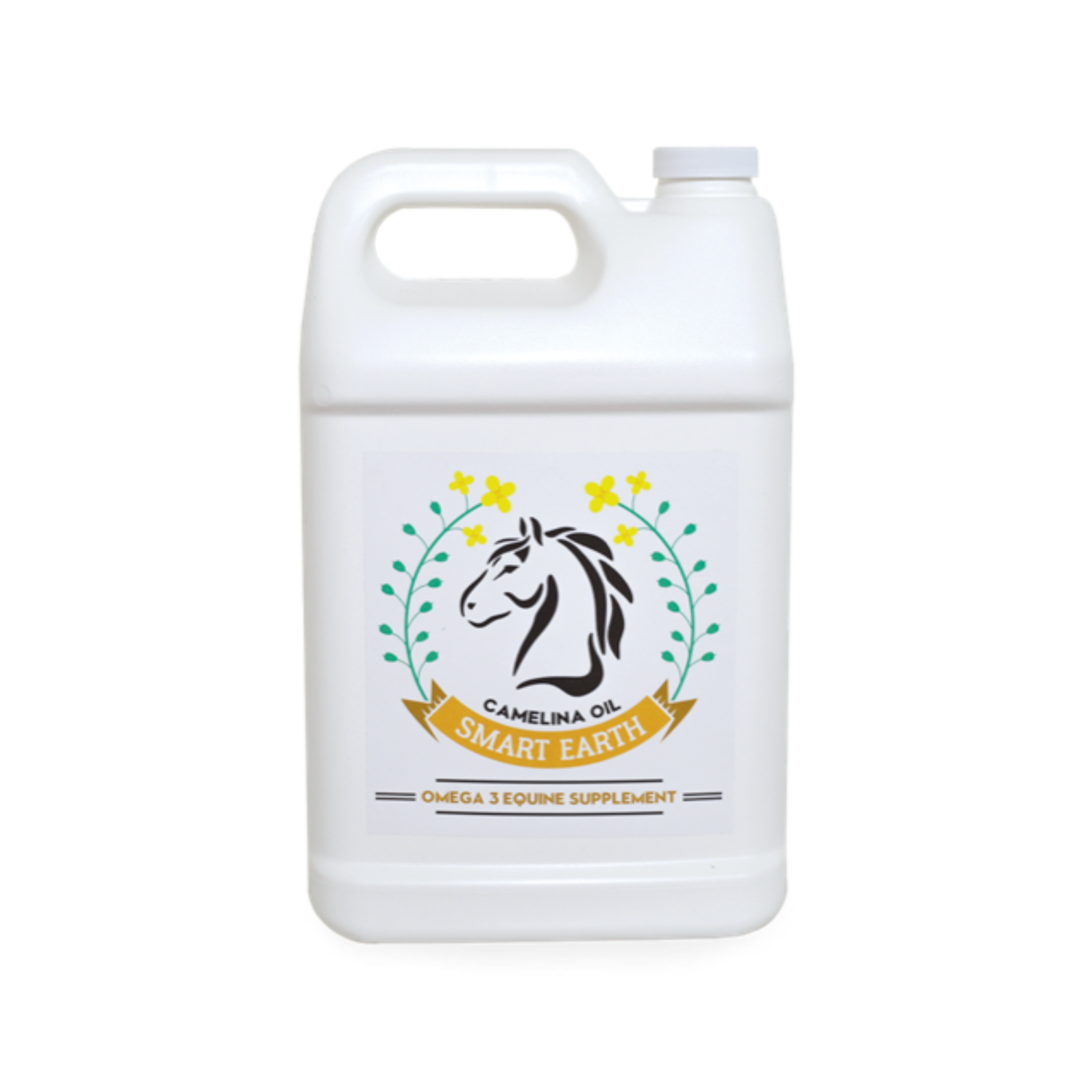No Products in the Cart
Written by: Christine Walsh
Published on: 09/24/2021
Over the last few months, you’ve noticed some changes in your dog. He is drinking more, needing more frequent pee breaks has noticeable hair loss…and is that a pot belly starting to show? Nothing has changed with their diet or program, so you're not sure what's happening with your pet. You call your trusted vet and they run a series of tests. Unfortunately, the results come back that your loved pet has Cushing’s disease (CD) or ‘hyperadrenocorticism’. The reality is that it takes upwards of 1 year from the start of disease until you will readily see symptoms. Cushing’s is typically diagnosed when dogs are 8 years or older. Because it’s a senior’s issue, symptoms are often mistaken for age related trouble like middle of the night potty breaks or house soiling accidents (especially overnight). Breeds that commonly see this issue are Poodles (especially mini), Dachshunds, Boxers, Beagles, Staffordshire Terriers and Boston Terriers, although it can affect any dog. Cushing’s can be a natural occurrence but can also be caused by excessive steroid use over prolonged periods. It may be wise to look for alternatives for reducing inflammation if your pet has a chronic issue…more on inflammation reduction later.
There are 3 types of crushing’s disease, but regardless of type, the problem is too much cortisol being produced. Treatment will be drugs, radiation or surgery depending on which type of Cushing’s your pet is afflicted with. The most common type is pituitary based Cushing’s that is typically caused by a small tumor growing on the gland. In humans this problem is treated by surgically removing the growth on the pituitary gland. Unfortunately, this type of surgery on dogs is not common yet, so treatment will likely be medications and ongoing testing/monitoring.
If you are like most pet owners once you get your pet onto his medicine and have a moment to breathe, you wonder if anything else can be done? Your research takes you to the holistic side of care and several things are frequently suggested. One of these things is the value of a high omega 3 oil supplement. That’s where Smart Earth Camelina Oil comes in.
It is very important to build the best diet that you’re able – food is medicine. A proper diet will support the other organs and systems of the body which will be under stress due to the Cushing’s disease. A dog with Cushing’s is recommended to maintain a diet of 75% low-fat, high-quality animal protein and 25% low glycemic, low oxalate fruits and veggies. High quality protein that is bioavailable will support maintenance of muscle mass as the pup ages, low glycemic fruits/veggies will help avoid any blood sugar regulation issues (like diabetes) and low oxalate fruits and veggies will help keep bladder stones at bay (as well as adequate water intake). These are all considerations because a Cushing’s diagnosis makes the animal more susceptible to other, inflammatory based issues like UTI’s, skin inflammation, ear infections and heart and kidney problems.
It’s best to also feed small infrequent meals to alleviate any stress on the digestive system – 3-4/day if possible. The diet should also include a pure, high omega 3 oil like Smart Earth Camelina at 38% omega 3. Omega 3 has been shown to reduce inflammation in the body and support healthy ageing (with both nervous system and cognitive benefits). The omega 3 in Camelina oil (ALA) is a powerful anti-inflammatory and antioxidant. There is even a study which shows camelina being as effective as dexamethasone (prescription steroid) in reducing inflammation – without the side effects. The National Research Council has deemed ALA (found in camelina oil) as an essential omega 3 for dogs – meaning they must have it in their diet to support proper health. If you’re reading this and your dog doesn’t have Cushing’s or another disease process, then now is the time to start adding that high potency omega 3 like Camelina oil. Don’t wait for a problem. ALA it’s something that should be in the diet daily…so why not avoid a problem if possible?
Note: If your dog has test results suspicious of Cushing’s but none of the Cushing’s symptoms… he may not have Cushing’s. Ask your veterinarian to explore other causes for the abnormal lab results…like thyroid problems...which are often mistaken for Cushing’s.

✅ Single ingredient, 100% pure Camelina Oil.
✅ Non-GMO
✅ Ideal balance of Omega-3 compared to other products, like soybean oil.
✅ Canadian produced and operated.

✅ Single ingredient, 100% pure Camelina Oil.
✅ Non-GMO
✅ Ideal balance of Omega-3 compared to other products, like soybean oil.
✅ Canadian produced and operated.
Still have questions? Check out our FAQ's.